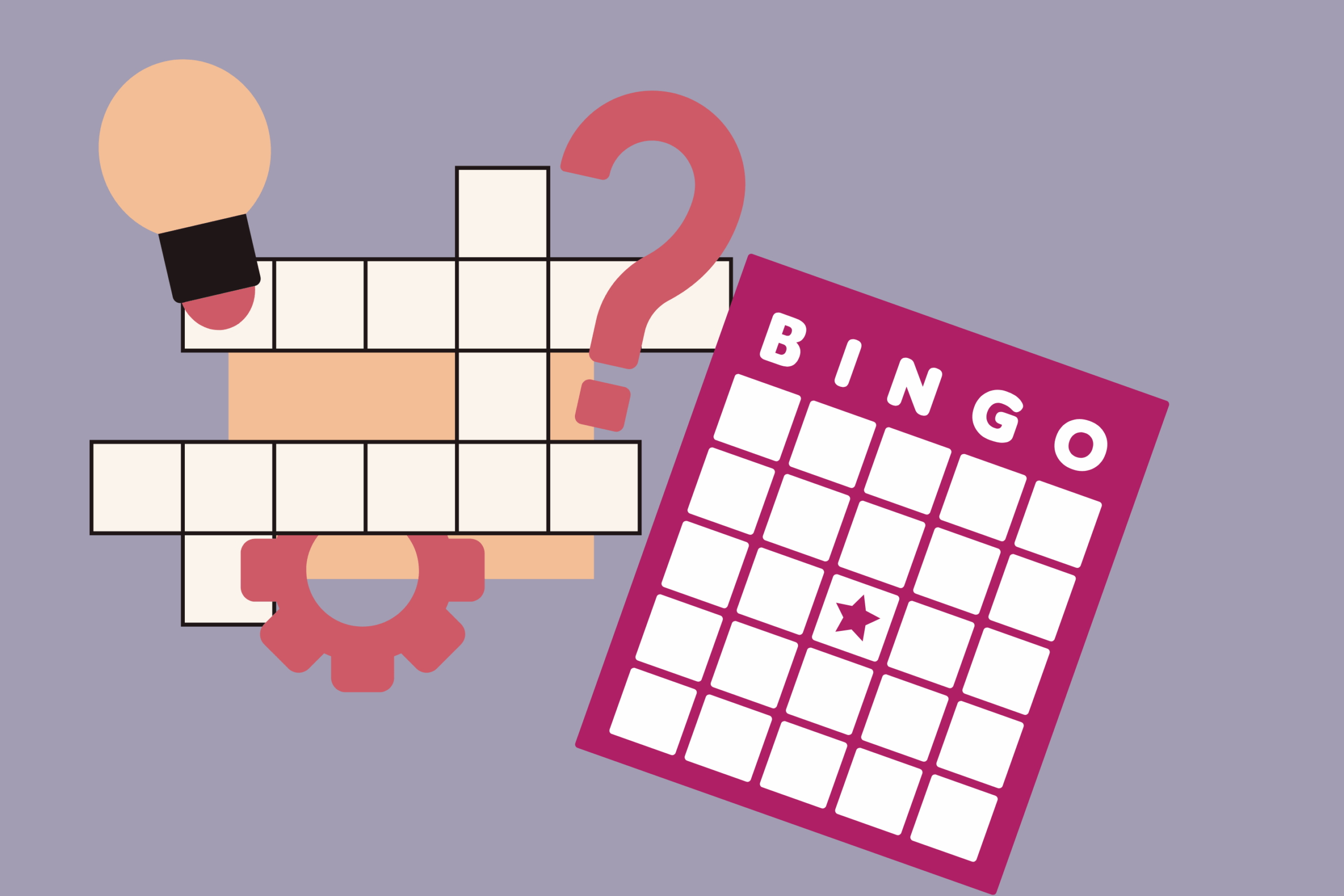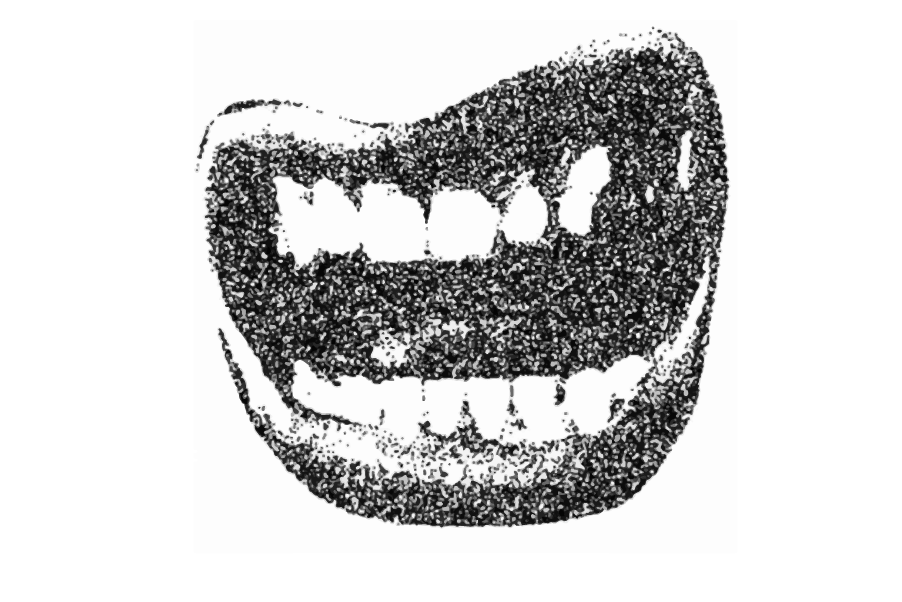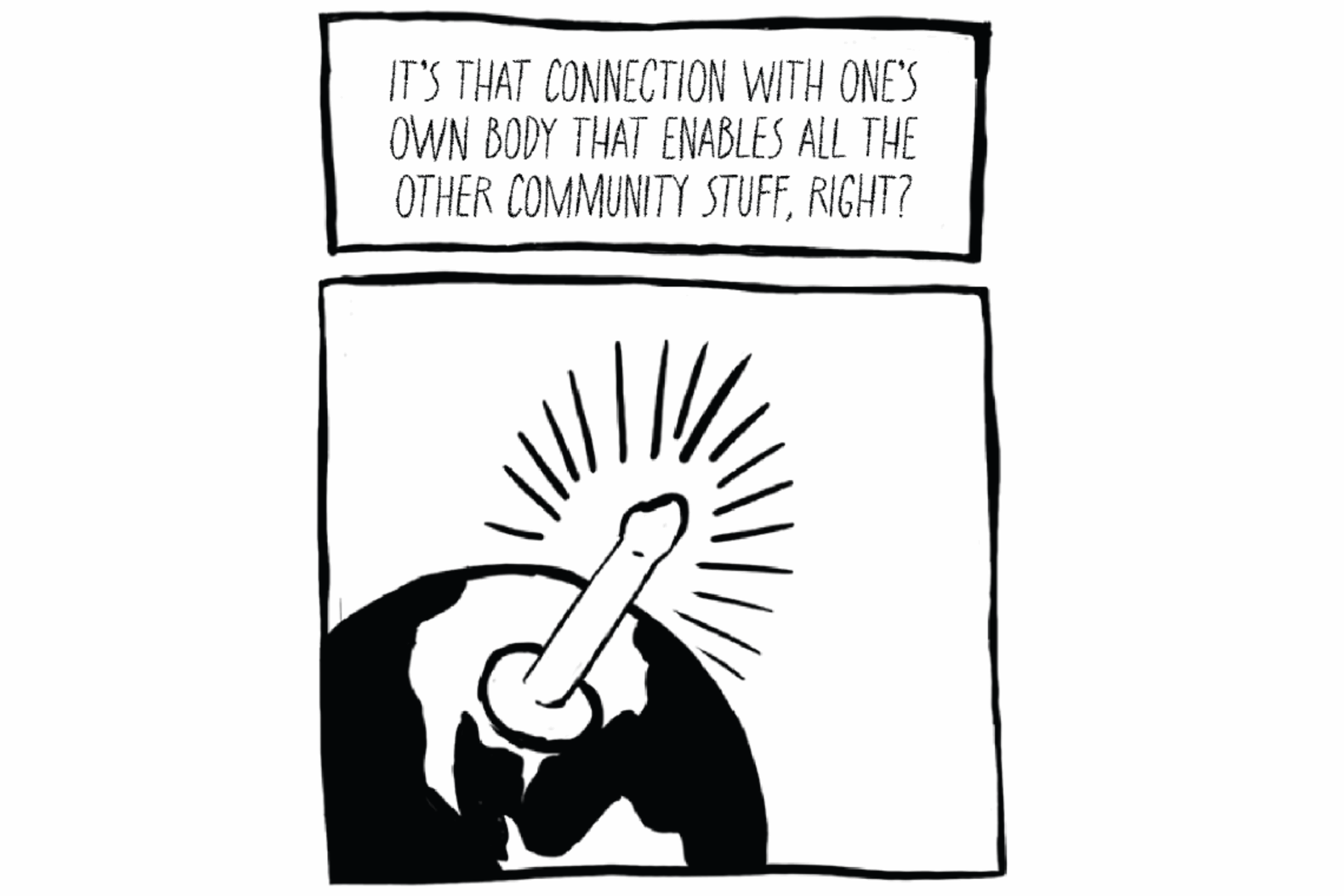Photo by: The Come Up Show/via Wikimedia Commons
By: Moosa Imran
“She say ‘do you love me?’ I tell her ‘only partly’, I only love my bed and my mom, I’m sorry.” These lyrics have probably been haunting your social media for a while, but love it or hate it, the song is really catchy. The video for Drake’s newest single “God’s Plan” features Canada’s hip-hop sweetheart travelling around Miami as he hands out nearly a million dollars to people in the form of scholarships, groceries and cash.
Drake is arguably one of the biggest artists in the world. After a long career of certified hits and lengthy discography, it raises the question: Was this volcanic success planned by the 6 God himself?
Mixtape Drake 2006-2009
Aubrey Drake Graham was originally introduced to the world in 2001 as Jimmy Brooks in the Canadian teen soap opera Degrassi: The Next Generation. He played the role of a high school basketball star who was left paralyzed from the waist down after being shot, earning him the nickname “Wheelchair Jimmy.” Graham would portray the role of Brooks for the next seven years, but 2006 would be the year he released Room For Improvement, his first mixtape and the first time he professionally used the name Drake. His debut project featured the likes of artists such as Lupe Fiasco, Trey Songz and Toronto native producer Boi1da, a Jamaican-Canadian who has worked with artists such as Eminem, Dr. Dre, and has produced “Work” by Rihanna earning his first number one spot on the Billboard Hot 100.
The following year Drake would drop Comeback Season, his second mixtape, working with Trey Songz again to give the world one of his first classics, “Replacement Girl”. Other notable features on this project were fellow Canadian rapper Kardinal Offishall, and Drake’s self proclaimed mentor, Lil Wayne. Producers included Boi1da and Kanye West. So Far Gone, his first E.P. would be released two years later, releasing more classics such as “I’m Goin In” featuring Lil Wayne and Young Jeezy, and “Best I Ever Had”.
Emotional Drake 2010-2011
In 2010 Drake released Thank Me Later, his first official studio album. The features on this album are nothing short of spectacular: Alicia Keys, T.I., Lil Wayne, Jay-Z and the list goes on. Though the producers are also stars in their own right, this is the first album where we are introduced to Drake’s long-time friend and producer, Noah ‘40’ Shebib, a fellow Toronto native.
On this project Drake starts to progress as an artist. He moves away from his habit of putting exaggerated emphasis on the last few syllables of his bars on older songs like “Houstonatlanavegas”and “Best I Ever Had”. This flow gives Drake an emotionally unflattering tone. It sounds like a sad humming, and it’s very nasally. This nasally flow is complimented strongly by the melodies that are carried strongly by the piano and synthesizer, helping emphasize his emotional discomfort.
This time, it’s different. It’s still Drake, but he’s matured. “Over”, “Up All Night” and “Fancy”, three of his most well-known songs, have one thing in common: the flow. Drake brings more of a respectable grit to his rap this time around. On this project, the production sounded more confident and direct, reducing the generic pop-music feel that he had in his older works. In addition, avid listeners can hear the emphasis in his rap on specific words or specific moments, rather than just loosely stretching out the words at the end of every sentence. On ‘Fancy’ Featuring Swizz Beatz and T.I., Drake says “Hit the gym, step on the scales, stare at the number, you say you dropping 10 pounds preparing for summer, and you don’t do it for the man, men never notice, You just do it for yourself, you’re the fucking coldest.” Drake’s developing edge is most apparent here. Younger Drake would’ve sounded like he was sulking, but on his new flow, it sounds celebratory, like he’s paying respect to an achievement by the person he’s rapping about.
Photo by: musicisentropy via Flickr
Drake’s second studio album would prove to be a pivotal moment for his growing career. In 2011, Drake dropped his sophomore record entitled Take Care, a seemingly R&B/Rap album that would make him a polarizing figure due to its uniqueness. He presented himself to hip-hop as a sensitive guy. He rapped and sang about his feelings throughout the album, showcasing his versatility and his originality as an artist, painting him as a either hero or a villain depending on how the listener perceives the piece.
Rap is a historically dark art. Since the beginning of the genre in the late 80s, it’s been used as an outlet for oppressed groups; mostly young black men to speak to their experiences in life, dealing with racism and the struggle in poor communities. With a song like “Doing It Wrong” and lyrics like “Cry if you need to, but I can’t stay to watch you, that’s the wrong thing to do,” there’s a bit of a mismatch here, an arguable historical disconnect. When Drake utilizes unusual lyrics like these, it gives fans an easy excuse to shoot him down and claim that he’s too soft to be a rapper, it also does the opposite in opening the doors of hip-hop to more sensitive souls. Luckily for Drake, the latter outweighs the prior when it comes to support for his music.
Drake primarily produced on this album, with the help of a few familiar faces. Its feature list was stacked with the likes of Rihanna, Kendrick Lamar , Rick Ross, The Weeknd and rap icon Andre 3000. The album contained hits such as “Take Care”, “Crew Love”, “Look at What You’ve Done” and the ultimate break-up song of a generation; “Marvin’s Room”. Drake opens up on this album, showing his feelings through the slower tracks such as “Shot For Me”, “The Real Her”, “Over My Dead Body”. On the flip side, this album definitely had a bite to it. “Headlines”, “We’ll Be Fine” and “Lord Knows”, would all be tracks where the heartbroken rapper shows off his ability becoming stronger than ever. His lyrical depth, multiple flows and his overall confidence are well complemented by the new set of beats that are less connected than his usual background and contain more bass movement, like occasional 808 and even some snare drum action, giving his music a head-bop type feel.
The whole project was an interesting and rich collection. It was a statement from Drake, a flexing of musical muscles; and a glimpse into the near future. To this day, many argue that Take Care was Drake’s best album.
Photo by The Come Up Show from Canada (Jorja Smith & Drake)/via Wikimedia Commons
Rapper Drake 2013-2015
Rap fans gather ‘round, for Drizzy has summoned you. Drake might not secure a spot in the top 10 of any genuine rap fan, but if there was ever a time where he made the argument to do so, it was with his 2013 project Nothing Was the Same. His third studio album featured Sampha, Jay-Z, Jhené Aiko and many more. The entire project is a collection of Drake putting his best rapping efforts out there, aside from the slower tracks like ‘The Motion’ and ‘Hold On We’re Going Home’. To date, this is the most aggressive Drake has ever been, featuring back to back tracks with harder beats and mean, zealous, to-the-point lyrics. In what may be considered an Drake paying homage to rap music, he used many samplings from older rap songs and dropped references to rap icons throughout the album.
Drake was not loved by all in the rap game. Drake’s problem is that he’s an artist before he is a rapper. His ability to create art, music of multiple genres (hip hop/rap and r&B), strongly supersedes his ability to just rap. This isn’t something that can really be quantified, as much as it is something that has to be felt. The easiest way to explain this would be a comparison between Take Care and Nothing Was the Same. The latter is indeed an excellent album, however Take Care has proved and will further prove to be the better album and a better reflection of Drake as he known to the world. A compilation of his art simply outweighs a complication of his rap. However, real rap fans will know your ability to rap must always be your strongest attribute. That’s just not the case for Drizzy, but lucky for him he is still a talented rapper.
Two years would go by before Drake would drop another project. In early 2015, like a holy miracle, Drake would bless the world with a surprise project, If You’re Reading This It’s Too Late, a mixtape that helped him officially proclaim himself as the “6 God”, the number six representing the six boroughs that make up Toronto. With tracks like ‘Legend’, ‘Know Yourself’, ‘6God’ and their bass-heavy and sporadic beats, it seemed like Drake was topping charts almost out of habit.
By summer of 2015, the name of Drake’s next album was already known to the world, but there was no mention of a release date, despite fans expressing anticipation across many platforms. That same summer Drake was featured on Meek Mill’s “R.I.C.O.” The track blew up because it become would the last time the two would work together. Shortly after the track was released, Meek spread rumours about Drake using ghost writers that sparked a highly publicized beef between the two. Long story short, Drake won. During this time there was no mention of the album, expect for final line from Drake’s second diss track “Back To Back” Drizzy ends the song with “I took a break from Views, now it’s back to that.”
Toronto Island Drake 2016-2017
After riding out the high from winning his battle with Meek Mill, Drake was silent other than occasional teasers and putting up an actual billboard in Toronto. But finally, in April 2016 Drake released Views. Originally titled Views From The Six, but later renamed Views, this was his fourth studio album and a rather potent piece from Drake. Rumours around the album suggested that the soundtrack that was supposed to simulate Toronto’s weather; most of the record was a fairly cohesive compilation of bass-heavy hip-hop and R&B tracks like ‘Hype’ and ‘Redemption’ (which at this point was nothing new from Drake), but there are a select few songs that were purposefully given a more upbeat tempo to give a slight dancehall vibe; much like how Toronto is usually cold throughout most of the year, with a few months of summer that are surprisingly warm. Boi1da is back on the producer list, along with Kanye West and 40, of course. The features on this album are sparse but still respectable, such as rap legend Pimp C, Rihanna, Future, and other Torontonians such as PARTYNEXTDOOR and Dvsn.
The issue with Views was that Drake seemed to have a bit of an identity crisis: Though the album was very true to his roots in the sense of its straightforward rap and soothing R&B, the dancehall touches were a bit awkward. Drake’s artistry is vast enough for him to pull off songs like “Controlla” and “One Dance”, but even then, it lacked a certain authenticity. In an ironic way, that might just add to how authentically Toronto the album is, because Toronto slang is based in roots of Jamaican accented English Given how diverse Toronto is, many things that are part of Toronto culture are actually just influenced by its massive immigrant population, thus making sense of Drake’s dancehall tracks.
Good Ol’ Drake 2017 – Present
By The Come Up Show/ via Wikimedia Commons
Drake’s defined his 2017 project, More Life, as a playlist rather than a mixtape, however it was best described by rap fans as “just another Drake project”. The playlist is essentially a melting pot of hip-hop/rap and R&B with some dancehall in there. There was nothing special or unique about More Life, as the project sounded almost too familiar, to be short: there was nothing new about his new project. Up-tempo rap, catchy choruses, and smooth hooks, are all elements that we’ve seen before. To be clear, there was nothing bad about it, it was just… Drake. Good ol’ Drake giving out hits like “Fake Love” and “Portland” featuring Quavo from rap group Migos. Migos is arguably the world’s most popular rap group. The Atlanta-based trio recently hit one billion streams on their most recent project; Culture II, breaking countless streaming records on the way. More Life also contained R&B bangers like “Passionfruit” and “Lose You” to satisfy the more emotional Drake fans. Other talents like 2Chainz and Young Thug also make an appearance on the album, along with newcomers Travis Scott and Jorja Smith. With many of his usual producers working with him and a few new ones, the most notable one might be Murda Beatz, a fellow Canadian from Niagara Falls, whose career would later skyrocket after already having worked with Drake on Views and his future work with Migos.
Finally, at the beginning of 2018 Drake released another E.P., this one appropriately titled Scary Hours. This piece is short and simple, the first track, “God’s Plan”, is a fun little track with fun little video and a catchy chorus. The second track, “Diplomatic Immunity” an aggressive, wordplay-heavy track, letting rap fans know that he is still around and still capable of doing damage in the rap world.
So, to answer the original question; was all of this planned? Did Aubrey Graham know he was going to be Drake; billionaire, rapper, and icon, one day? Did sad Drake know he was going to shake up the rap game and cause a divide between his fan and his haters? Did anyone expect Drake to start making Dancehall tunes?
Nope. No way. There is no way, that any of this was planned. It would take godly powers of vision to see into the future and predict any of this or even plan for it, there’s no logical way that Drake planned this.
But, it wasn’t a fluke, that’s for sure.
This piece was edited by Valerie Dittrich.









